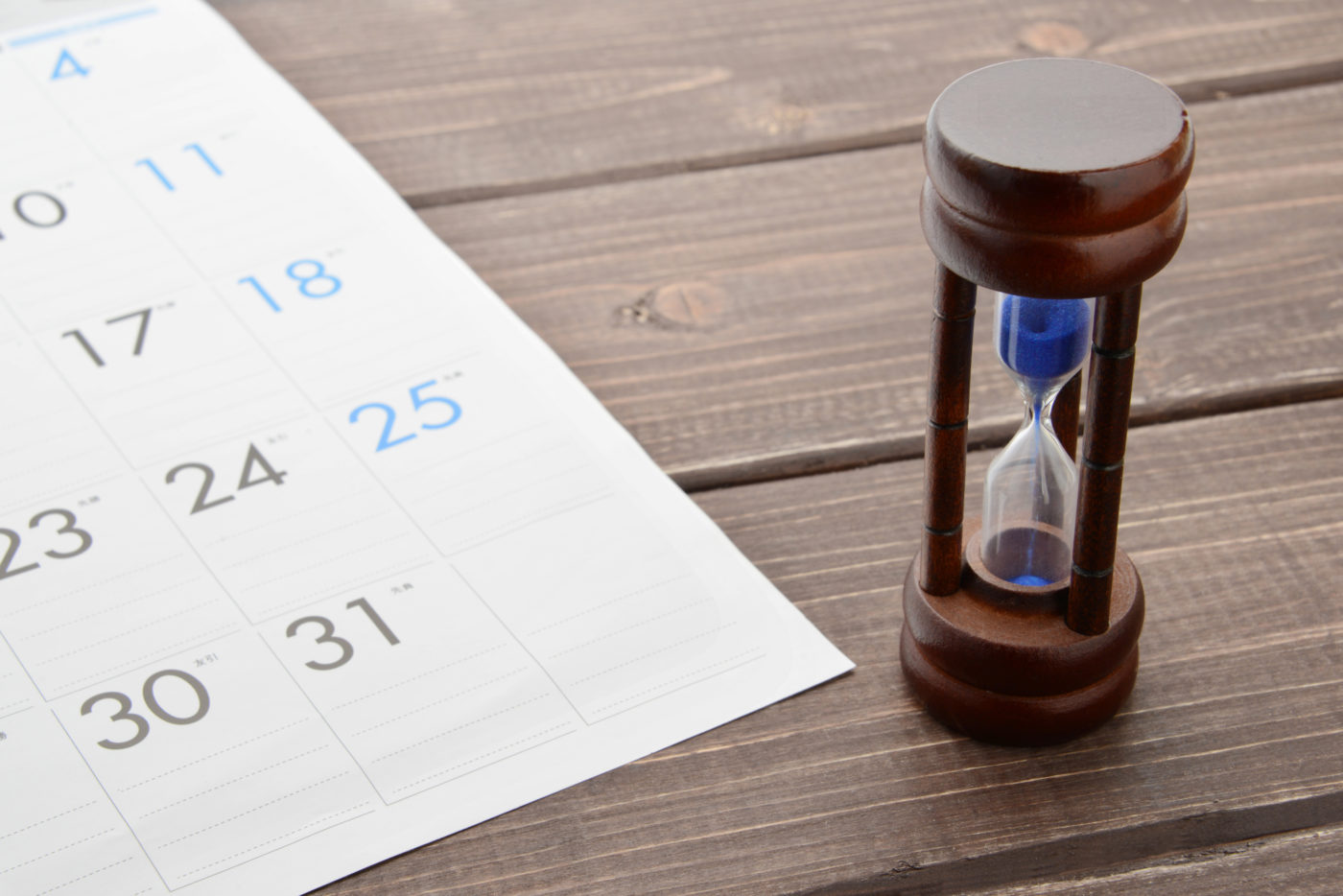Introduction
If you’re applying to medical school or researching the process, you’ve likely heard of med school waitlists. But hearing about med school waitlists is different from understanding what they are, so today, we’re going to explain what a med school waitlist is and answer the most commonly asked questions regarding them.
Our hope is that this blog will clear up any confusion or misconceptions surrounding med school waitlists, so you can proceed on your application journey with more confidence.
So, without further ado, let’s dive in!
What Is a Med School Waitlist?
Medical schools receive thousands of applications for every admissions cycle. There are many more applicants than there are available seats. When admissions committees review applications, they first send out interview invitations to the most qualified applicants whom they are considering for admission.
Throughout the interview process, some applicants may withdraw their applications, while some medical schools won’t be satisfied with their interview and will decline to offer them admission into the medical school program. But there’s still an empty seat in the class that needs to be filled.
And that is where the waitlist comes in. To fill that gap, admissions committees will place other qualified applicants on a waiting list to be contacted when spots open up. This ensures that every seat in the class is filled as applicants trickle in and out during the application cycle.
What Does It Mean if I Got Waitlisted?
Getting waitlisted might feel like you’re chopped liver, but don’t take it that way! It’s actually a huge accomplishment. Most of the time, waitlisted applicants have a shining application and are only lacking in one area. Of course, we all have room for improvement. Where you’re lacking all depends on that school’s criteria for accepting students.
Essentially, it’s like scoring an A- on an exam. Naturally, you’re below the students who scored A’s. You’re at the top – just not the very top.
Getting waitlisted often feels worse than getting flat-out rejected, but it’s actually better. Flat-out rejection means you weren’t considered because your application didn’t impress the admissions committee or there were too many applicants and you didn’t make the cut. If you are rejected from every school to which you apply, you’ll have to reapply during the next admissions cycle and come up with a plan B for the present moment. Simply put, getting rejected sucks.
But if you’re waitlisted, you’ve still got a shot at getting in. It’s a matter of luck. You’re relying on other applicants to turn down acceptance into the program. Once a spot opens up, it will either be offered to you, or your spot on the waitlist will go up. There’s no guarantee you’ll be admitted, but you can hold onto hope! That’s how the medical school waitlist movement works.
Reasons You’ve Been Waitlisted
As we mentioned above, there’s a good chance you’ve been waitlisted if your application is strong but not the strongest. However, there are other reasons for being waitlisted.
Many schools operate on a rolling admissions system, which we’ve covered on our blog. Essentially, applications are reviewed as they come in. If you wait to apply until later in the cycle, you could be waitlisted as an excellent applicant who is merely waiting for a seat. But there’s no guarantee that a seat will open up, so applying later is a big risk.
You could also be waitlisted pre-interview, which means the school sees potential in you, but they’re interviewing other applicants first. You’ll have to wait until those applicants interview to find out if you’re invited to interview. Unlike a post-interview waitlist, this isn’t an available seat in the medical school class. Instead, it’s an opportunity to potentially interview with the hopes of being selected.
How Many Applicants Are Waitlisted?
As popular as this question is, we don’t have an answer because every school is different. We know, you probably hear that a lot. But, you might be able to find out. If you really want to know where you are on the med school waitlist, and that information isn’t readily available to you, contact the school and ask. They may or may not have an answer. But you’ll never know if you don’t try.
Some schools are very open about how many applicants are on the waitlist. You’ll likely have access to a portal where you can view your application. If that information is available, that’s where it’ll be.
Where Am I on the Waitlist?
This answer entirely depends on what school has waitlisted you. There are three types of waitlists. The first kind of waitlist ranks you based on how strong your application is compared to others who are also waitlisted. The second kind places applicants into groups. And the third kind is just a waitlist without a rank, group, or place.
When you find out you’re waitlisted, this information might be included. But if not, if you can contact the admissions department to find out. There’s no guarantee they’ll release that information, though.
How Long Will I Be Waitlisted?
While this still depends on the school, it’s not too hard to figure out. Some schools have a set time when they clear their waitlist. Other schools keep the waitlist until Orientation Day to ensure they have a full class, meaning you could get a seat at the last possible second. You can visit your school’s website or reach out to the medical school admissions department to find out when the waitlist ends.
When Will I Be Accepted?
If you’re attending school in the fall, you’ll likely be accepted that April or May because of AMCAS Traffic Rules. By April, medical schools are required to send out invitations to fill all the open seats in their classes. As students reject their admission, students from the waitlist will be accepted.
If you aren’t accepted in April, you’ll find out in May because that’s when students have to commit to one medical school. In April, they can narrow down their choices. But in May, they must decide. Their decision will determine whether you get their seat. As unpleasant as that is, that’s how the waitlist works.
How Many Students Get off the Waitlist?
There is no way of knowing the answer to this question. You can look at an individual university’s website to see if they provide that information. But you’ll only have the answer from that school’s website. You’ll never know the total number of students who get off waitlists for all the medical schools in the United States. Not only is that information unavailable, but it would vary greatly from year to year.
Tips to Get off Med School Waitlists
While there is little you can control while you’re waitlisted, there are a few things you can do to slightly increase your chances of getting off the waitlist.
- Send a letter of intent to your first-choice medical school. This letter states that you’re committed to attending their school if they take you off the waitlist. You’ll explain why you want to attend their school and what it will mean to you. It’s a great idea to send one of these letters because even some waitlisted students get into more than one school at the last minute and will reject their acceptance. If the admissions committee has a letter of intent for you, that will speak volumes when they’re deciding who to admit. It’s important to note that you should only send a letter of intent to your first-choice medical school. It’s unprofessional and unethical to send one to every school where you’re waitlisted.
- Send updates if you’ve taken more classes, volunteered, been on an international internship abroad, been published, and so forth. Sending updates shows the school that you’re actively interested in attending their school and are growing and improving as a pre-med student.
- Keep up-to-date on open houses and other university events that are open to the public. While you’re at these events, socialize and introduce yourself if the opportunity arises.
- Make sure you keep your home address, phone number, and email address up to date. You could have as little as 24 hours or as much as two weeks to accept your admission. If your info is out of date and you miss the offer, it will be too late. That would be very upsetting!
Final Thoughts
We hope this article has helped you understand how medical school waitlists work. If you have questions or need help with the application process, please don’t hesitate to reach out to us. We offer medical school admissions consulting and will be happy to help you however we can. Contact us today to get started!



